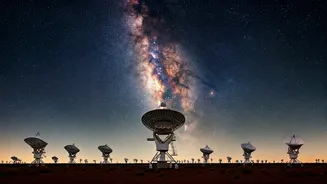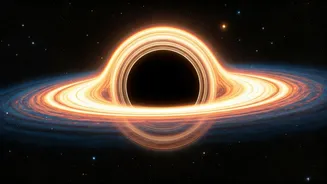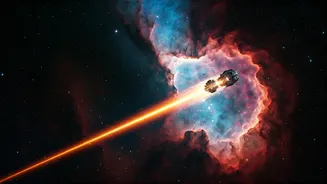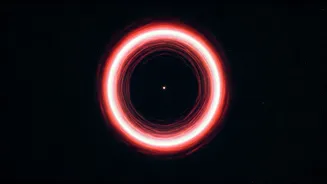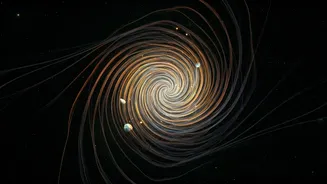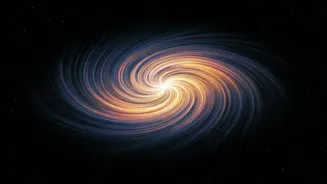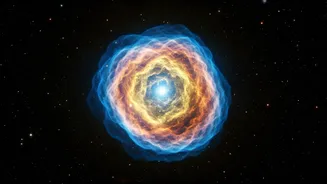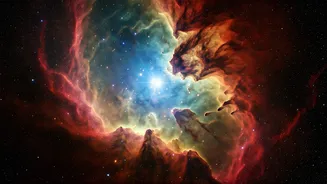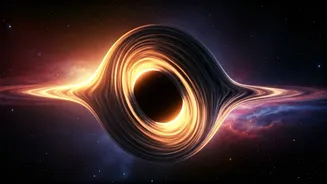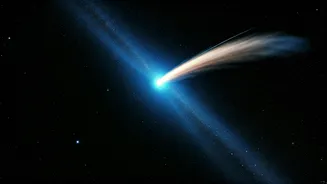Mapping Cosmic Origins
Scientists have leveraged the MWA to compile the most comprehensive radio map of the nascent universe ever produced. The MWA, located in Western Australia,
is instrumental in capturing radio waves emitted during the universe's formative stages. The primary objective is to study the 'Epoch of Reionization,' a crucial phase roughly 400 million years after the Big Bang. During this period, the first stars and galaxies emerged, causing the neutral hydrogen gas that permeated the universe to ionize, which then altered the universe's composition. By analyzing the radio signals from this era, scientists aim to gain a deeper understanding of the processes that shaped the cosmos and set the stage for galactic formation. This new map offers a unique perspective, providing detailed insights into this early phase and its impact on the structure of the universe as we know it today. The data captured is helping to refine models of cosmic evolution, offering a richer and more detailed picture of the universe's infancy.
MWA: A Powerful Tool
The MWA, situated in the remote Murchison region of Western Australia, is specifically designed to detect low-frequency radio waves, the kind that can penetrate the vast distances of space to reach us from the early universe. This array comprises thousands of antennas spread over a vast area, working in unison to collect and analyze radio signals. The array's unique design allows it to identify and eliminate interference from terrestrial radio signals, which is important when trying to detect faint signals from the early universe. Its location in a radio-quiet zone is critical, as it minimizes external noise and helps to isolate the cosmic signals. The MWA’s ability to map large areas of the sky simultaneously and its sensitivity to low-frequency radio waves are major strengths that enable astronomers to study the very first stars and galaxies and their impact on the universe. The project's success is due to its cutting-edge technology and optimal placement, allowing for unparalleled insight into the cosmos.
Decoding Early Signals
The data from the MWA is giving scientists the tools to study the Epoch of Reionization in unprecedented detail. This data includes identifying patterns in the radio signals, separating out background noise, and analyzing the distribution of neutral hydrogen gas throughout the early cosmos. The radio signals received from the early universe carry crucial information about the distribution of matter and the formation of the first stars and galaxies. By studying these signals, researchers can determine when and how these first cosmic structures emerged and how they influenced the evolution of the universe. This analysis is giving insight into the formation of supermassive black holes and the cosmic web. The study of these early signals helps answer questions about the nature of dark matter and dark energy, the fundamental building blocks of the universe. These insights are essential for a complete understanding of how the cosmos evolved.
Impact on Astronomy
The detailed radio map generated by the MWA represents a major milestone in astronomy, offering new ways to understand the universe. The data is impacting cosmological models, pushing our understanding of the universe's early formation. By providing a view into the conditions in the universe's infancy, the map aids astronomers in testing theories about dark matter, dark energy, and the distribution of matter. Furthermore, the techniques developed for this project are applicable to other areas of radio astronomy. The discoveries made with the MWA are also inspiring the development of next-generation telescopes that will further advance our understanding of the universe. With this project, scientists are setting the stage for future cosmic explorations.
